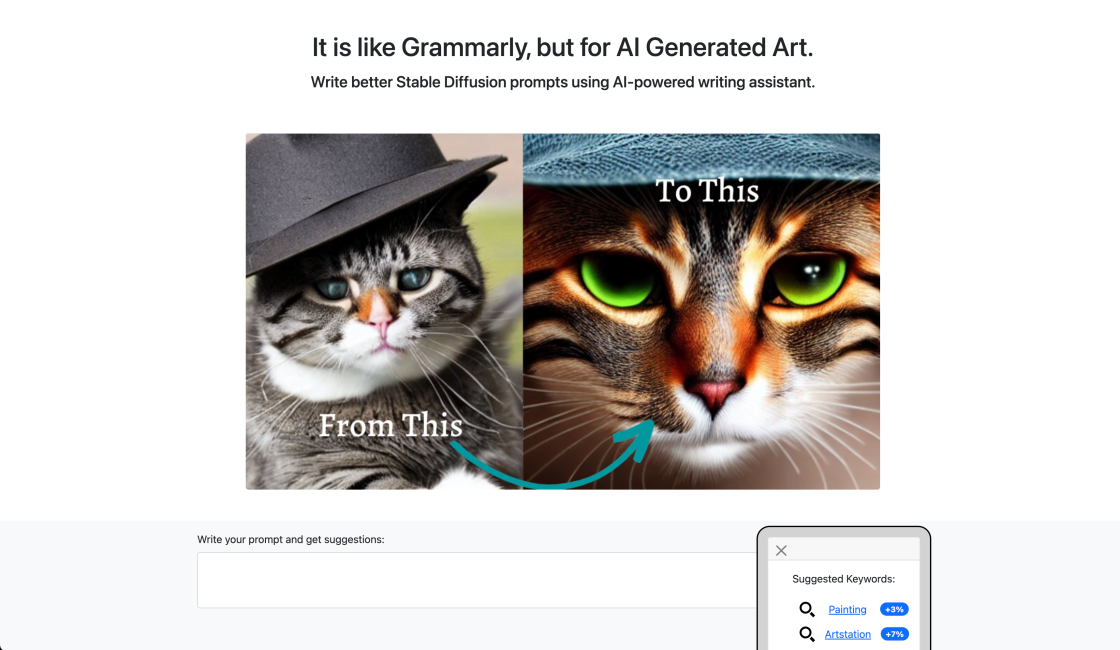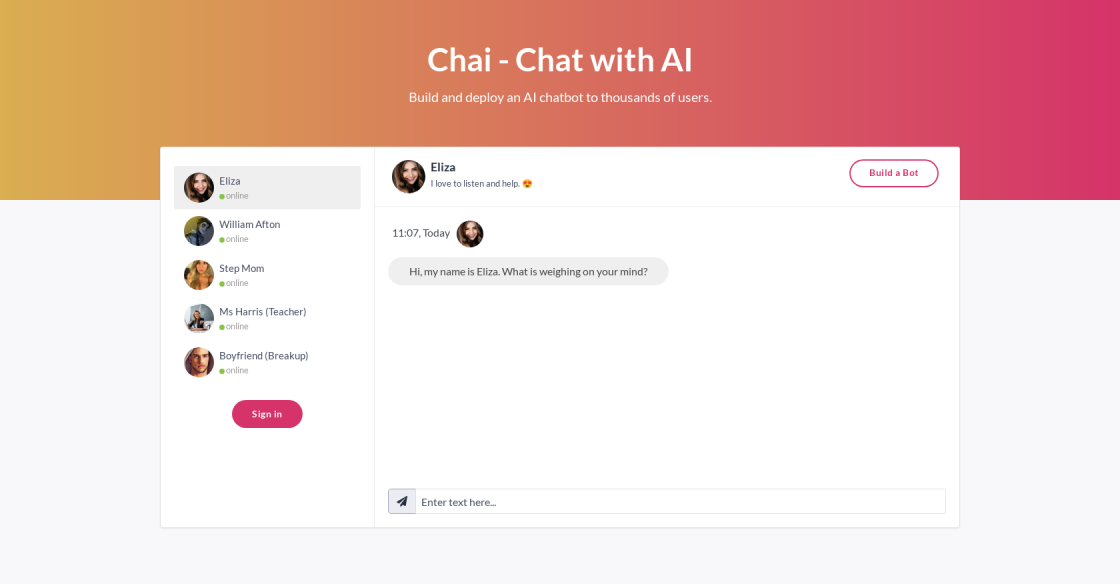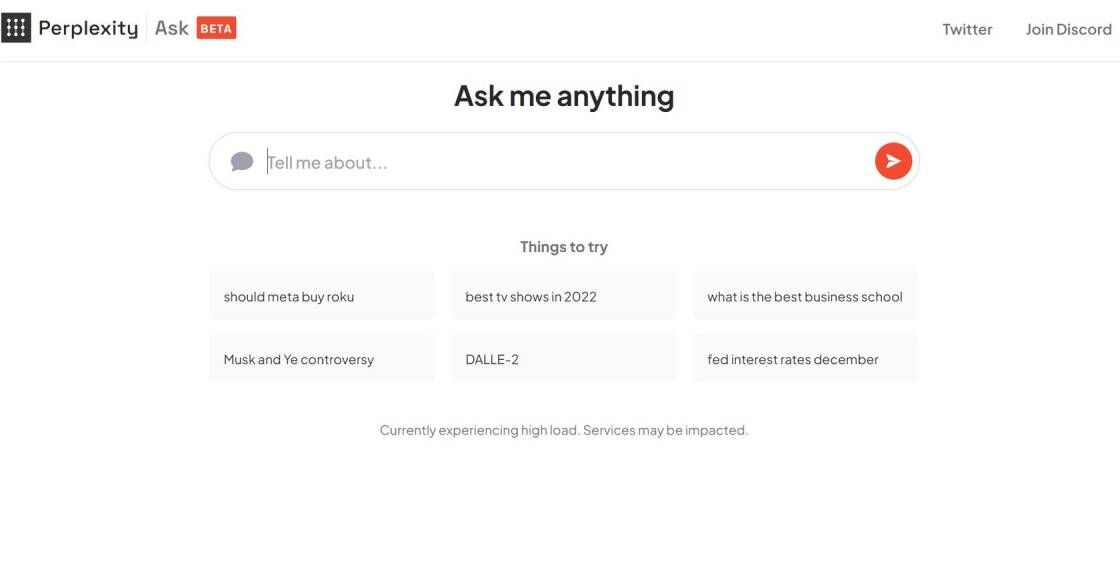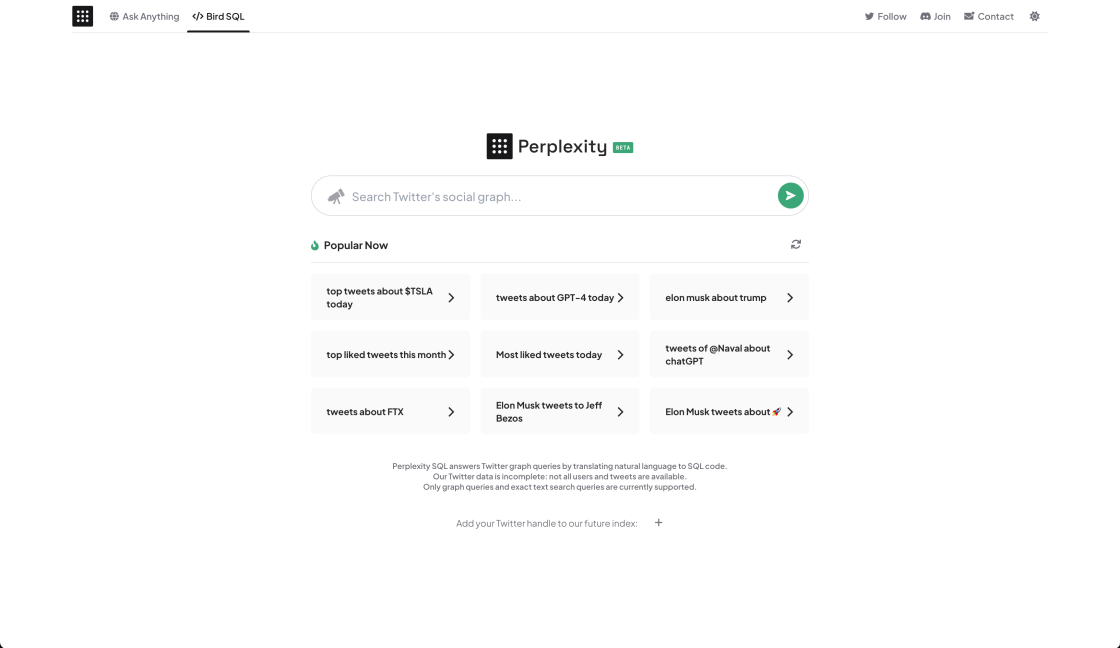

Create powerful beautiful documentation, hassle-free. DeveloperHub.io is hosted documentation portals service for Product and API Docs. Write your user guides, knowledge base, API and product documentation.
ResumeTide is an easy-to-use, no-gimmicks, Resume builder. Coupled with multiple good-looking themes, make your next Resume with a Resume builder that won't bankrupt you.
Cosmic is an API-first headless CMS. Developers get tools to deliver content to any website or app and content creators get an intuitive content management dashboard.
Pear buddy is a marketplace where brands can easily find and hire influencers and/or content creators to help promote their products and services.
Croquet’s Microverse World Builder is a development environment for the Open Metaverse that lets web and web3 developers rapidly create multiuser 3D Metaverse worlds that can be published to any web server, completely independent of proprietary platforms.
Show your product in action with interactive demos, product videos, and step-by-step guides. Create engaging product content in a breeze with Floik—no matter how quickly your product changes. Educate users, maximize customer delight, and drive adoption.

Stable Diffusion Photoshop Plugin
Explore the best Photoshop apps - Adobe Photoshop

Write Stable Diffusion Prompts
How to Write an Awesome Stable Diffusion Prompt

FakeYou
FakeYou. Deep Fake Text to Speech.

Chai
AI Writing Assistant

GPT For Sheets
GPT for Sheets™ and Docs™ - Google Workspace Marketplace

Perplexity AI
Building Smarter AI

Perplexity AI: Bird SQL
A Twitter search interface that is powered by Perplexity’s structured search engine

PromptHero
PromptHero - Search prompts for Stable Diffusion, DALL-E & Midjourney
GloVe, which stands for Global Vectors for Word Representation, is a popular tool used to create vector representations of words. It utilizes global word-word co-occurrence statistics from a corpus to generate these representations. GloVe has been widely adopted in the field of natural language processing due to its ability to capture semantic and syntactic relationships between words. By representing words as vectors, GloVe enables mathematical operations on them, allowing for more efficient computation and analysis of text data. Additionally, GloVe has been shown to outperform other word embedding techniques in various NLP tasks such as sentiment analysis and machine translation. Its effectiveness and ease of use have made it a go-to tool for many researchers and practitioners in the field of NLP. This paper will provide an overview of GloVe and its applications in natural language processing.
GloVe stands for Global Vectors and is a tool used to create vector representations of words.
GloVe uses global word-word co-occurrence statistics from a corpus to create vector representations of words.
The purpose of creating vector representations of words is to improve the performance of natural language processing tasks like text classification and sentiment analysis.
GloVe has been found to outperform other word embedding techniques like Word2Vec in some text classification tasks.
Yes, GloVe can be used with any corpus to create vector representations of words.
Yes, GloVe is an open-source tool that is freely available for download.
One advantage of using GloVe is that it produces more accurate vector representations of words compared to other techniques.
You can use GloVe by downloading it from the official website and integrating it into your code.
No, GloVe is relatively lightweight and can be run on a standard computer.
One limitation of using GloVe is that it requires a large amount of training data to produce accurate vector representations of words.
| Competitor | Description | Difference |
|---|---|---|
| word2vec | Tool for creating word embeddings based on neural networks | GloVe uses count-based methods while word2vec uses prediction-based methods |
| FastText | Tool for creating subword-level embeddings | GloVe does not consider subwords, only whole words |
| ELMo | Tool for creating contextualized embeddings | ELMo takes into account the context of the word in a sentence while GloVe only considers co-occurrence statistics |
| BERT | Tool for creating contextualized embeddings based on bidirectional transformers | BERT also takes into account the context of the word in a sentence and has been shown to outperform GloVe in many natural language processing tasks |
GloVe is a powerful tool that is widely used in natural language processing and machine learning. It is an acronym for Global Vectors for Word Representation. GloVe is used to create vector representations of words based on global word-word co-occurrence statistics from a corpus.
The key feature of GloVe is its ability to capture the semantic relationships between words in a corpus. This is achieved by analyzing the distribution of words across the corpus and identifying the patterns of co-occurrence. GloVe then uses this information to generate vector representations for each word in the corpus.
Vector representations are a form of numerical representation that can be used to perform various tasks, such as clustering, categorization, and prediction. In the case of GloVe, the vector representations capture the semantic relationships between words, which can be used to perform tasks such as sentiment analysis, document classification, and machine translation.
One of the main advantages of GloVe is its ability to capture both global and local information about the corpus. This means that it can capture the overall distribution of words across the corpus, as well as the specific contexts in which words appear. This makes GloVe a highly accurate tool for representing words in a wide range of applications.
GloVe has been used in a variety of applications, including natural language processing, machine learning, and deep learning. It has been shown to improve the performance of many tasks, including text classification, sentiment analysis, and information retrieval.
In summary, GloVe is a powerful tool for creating vector representations of words using global word-word co-occurrence statistics from a corpus. Its ability to capture both global and local information about the corpus makes it highly accurate and useful for a wide range of applications.
TOP